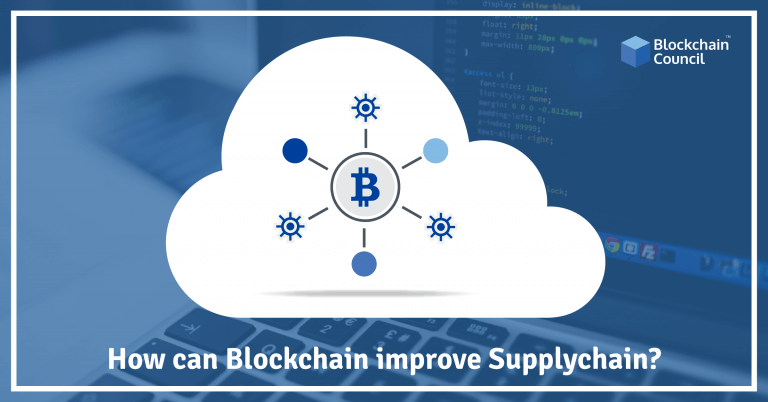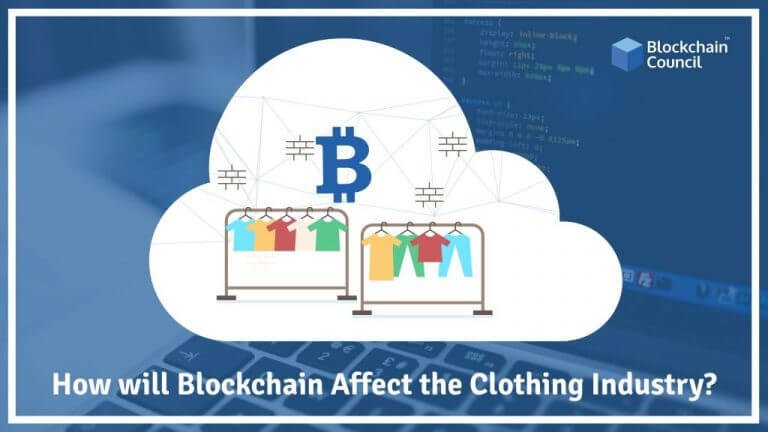
- Toshendra Kumar Sharma
- April 13, 2018
Blockchain technology first emerged as a medium of transaction over the internet. Since then, it has evolved to serve several industries which have a real-world use. This increase in popularity is in large part because blockchains allow for the establishment of trust due to a shared public ledger. As blockchain technology is making steady gains in the overall adoption throughout the world, corporations are coming up with new ways to employ it. The supply chain is one of the biggest industries that stands to gain from utilizing blockchain technology because blockchains allow for better coordination among various organizations. Let’s take a look at the different ways in which supply chain management and blockchain technology can work together.
What exactly is supply chain?
Supply chain refers to the system of human and industrial resources which come together to move a product from supplier to consumers. Supply chain involves the transformation of natural resources, raw materials, and components into a finished product that is delivered to the end customer. The supply chain is a relatively complicated process that can have dozens of steps from the procurement of raw materials to shipping of the final goods. One of the biggest challenges faced by supply chain management is the weak communication between the different organizations involved in the process. In addition to communication, complex supply chains depend on trust to function properly. However, these different organizations find it hard to establish any trust. According to a recent report published by IBM, their blockchains solutions can help supply chains with precisely that. With a permission-ed record of ownership, location, and movement of parts and goods, interoperability can be vastly improved.
As an example, consider the supply chain of the fashion industry. In fashion theory, Lucy Seigle writes, “there are 101 stages in the supply chain, the first being ‘designer attends fabric show’ and the last, ‘order ready for shipment.’” This outlook does not even take into account the procurement and processing of raw materials required for the production of the final goods. This is a very complicated process with dozens of steps managed by different entities. If there was a way to successfully coordinate delays in one process or another and to adjust future processing in real time, corporations around the world could save billions of dollars every year from getting wasted.
How Can Blockchains Help?
Effective supply chain management relies on knowing several attributes of the chain at any given moment including where goods are at any given moment, and the origin of all of the parts of the chain. With blockchain based records we can store and share that information for every part so that we get its geographic flow, how it was created and where it is at any given moment. Additionally, companies can examine sources, investigate industry certifications, track restricted or dangerous components, and discover storage condition anomalies. This allows for planning for untimely delays in the process. For example, delays due to bad weather, labor disputes, etc. can be factored into the final product. If a company knows that a shipment is incomplete or likely to get delayed, they can immediately look for ways to remedy the situation. They can look for alternate sources or pass the information further down the chain as they find necessary.
As consumers are making more conscious buying decisions, suppliers are looking for new ways to provide them with authenticity and an origin trail for the product. In this way, consumers can see for themselves how equitably the product has been manufactured by looking at the carbon emissions and other regulatory compliance of the manufacturer. Specifically, the food industry is estimated to lose about $40 billion every year due to food fraud. Food fraud refers to the deliberate and intentional substitution, addition, tampering, or misrepresentation of food products for economic gain. It’s easy to commit food fraud due to the numerous steps involved in the food supply chain from sourcing of the raw material to the final product. Blockchains can be immensely useful in the scenario as they can prove authenticity for every batch of raw material. It’s easy to embed farm origination data like information about the growing condition of crops. From then, as the food travels, all of the relevant information like factory conditions, batch numbers, expiration dates, storage, and shipping data could all be added to a batch of food items. Therefore when the final product is shipped, it would have its entire origination history.





































































 Guides
Guides News
News Blockchain
Blockchain Cryptocurrency
& Digital Assets
Cryptocurrency
& Digital Assets Web3
Web3 Metaverse & NFTs
Metaverse & NFTs
